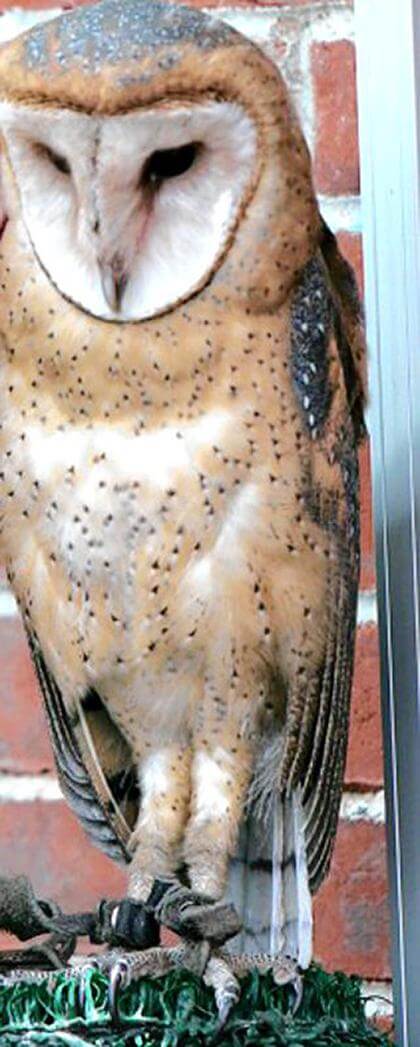On the third Sunday in May, I left my house just after 6 a.m. to meet a group of birders at Alley Pond Park to watch the annual spring migration. With a forecast of showers, I expected to be home in late morning.
For the last few springs, the birders’ grapevine has said there is a nesting owl in the park. That morning someone knew where it was. Off a path deep in the woods, perching on a branch was a great horned owl. This bulky, 22-inch, mainly nocturnal hunter does not have horns but ear tufts. One of those tufts was quite prominent as the owl turned to look at a pesky blue jay, which landed nearby.
The great horned takes small and moderate-sized mammals and sometimes larger birds like geese and ducks into its powerful feet and talons. Primarily because of the bird’s ferocity, it is nicknamed the “Tiger Owl” and its call is a hooting sound. We watched the big, silent bird for a while when suddenly it lifted off the branch, flying downward. The owl was so bulky I wondered how it flew.
Later we saw an odd, light brown flash of color as a bird flies. Thinking light was playing tricks on our eyes, I mistakenly believed it to be a mourning dove. But getting closer, we saw a rare sight: a semi-albino robin. As it walked on the ground, the robin’s head, back and spreading wings were almost bone-colored while the breast was characteristically rust colored.
Upon leaving the park, any rain seemed unlikely. I picked up some sandwiches and fruit. Some 30 minutes later, I was at the No. 33 place listed in a book called “Fifty Places to Go Birding Before You Die”: the Jamaica Bay Wildlife Refuge.
On the refuge’s east side was a blind at Big John’s Pond. On the far side of the pond was an empty barn owl nest box. A baby owl, the subject of a few photographers, was in the reeds near the water’s edge.
It was bigger than I thought a baby owl would be. Its large round face was eerily pale while its head was golden tawny. The eyes were dark and a black line seemed to have been drawn by an artist’s hand at the bottom of the owl’s face. It is no wonder that among its many nicknames is “Ghost Owl.”
After some minutes, the unmoving owl spread its wings for balance as it tried to balance itself on talons that were wrapped around the base of several reeds. The owl’s broad wings were white underneath and tawny brown on top with some black spots. This bird had power and majesty, but I was afraid it would stumble and hurt itself. Its balancing act, however, was just fine.
By 1:50 p.m., I was on the road home with a good, tired feeling. I wondered if I would dream about owls that night.
Michael Givant
Woodbury, N.Y.

































